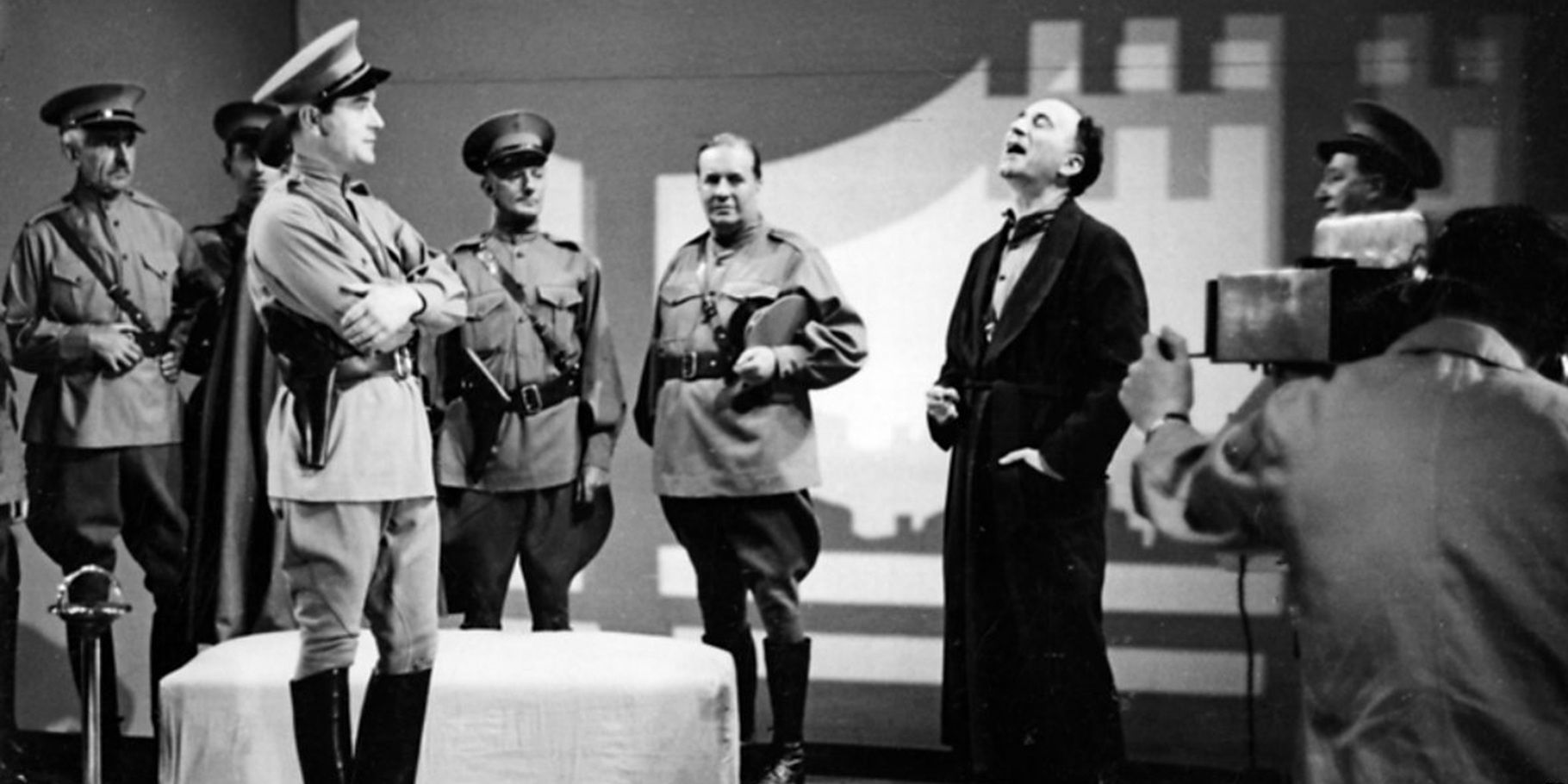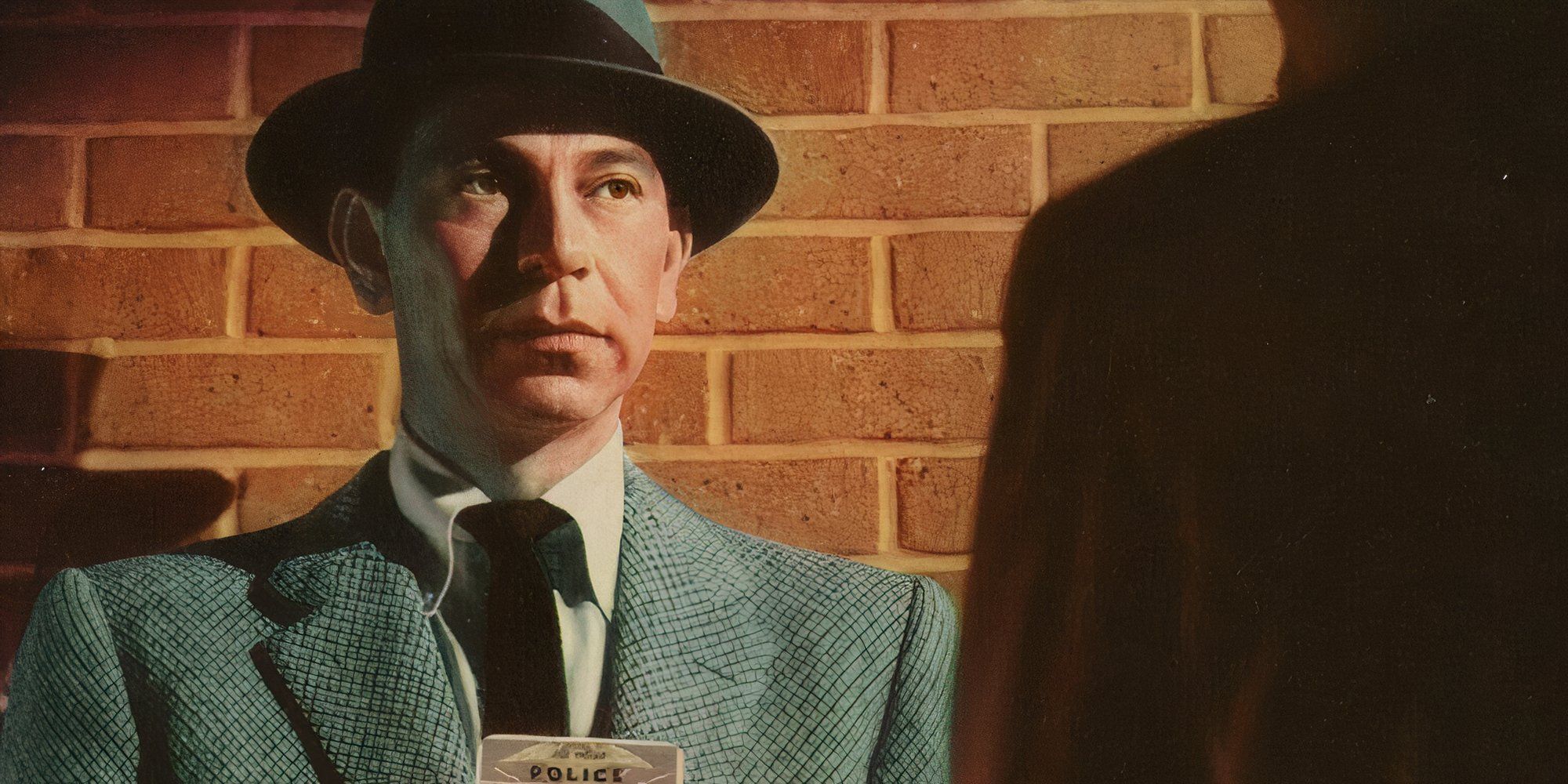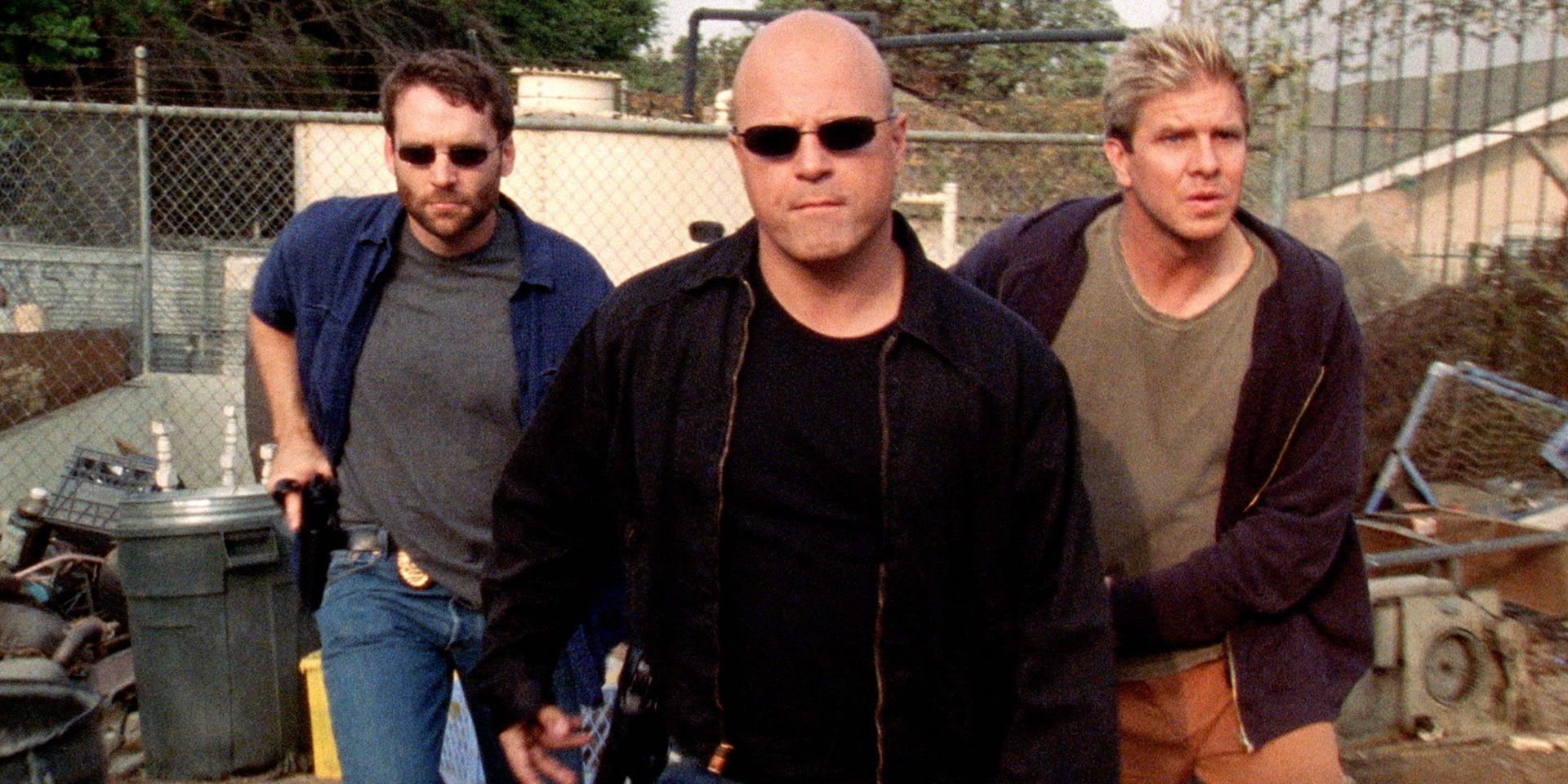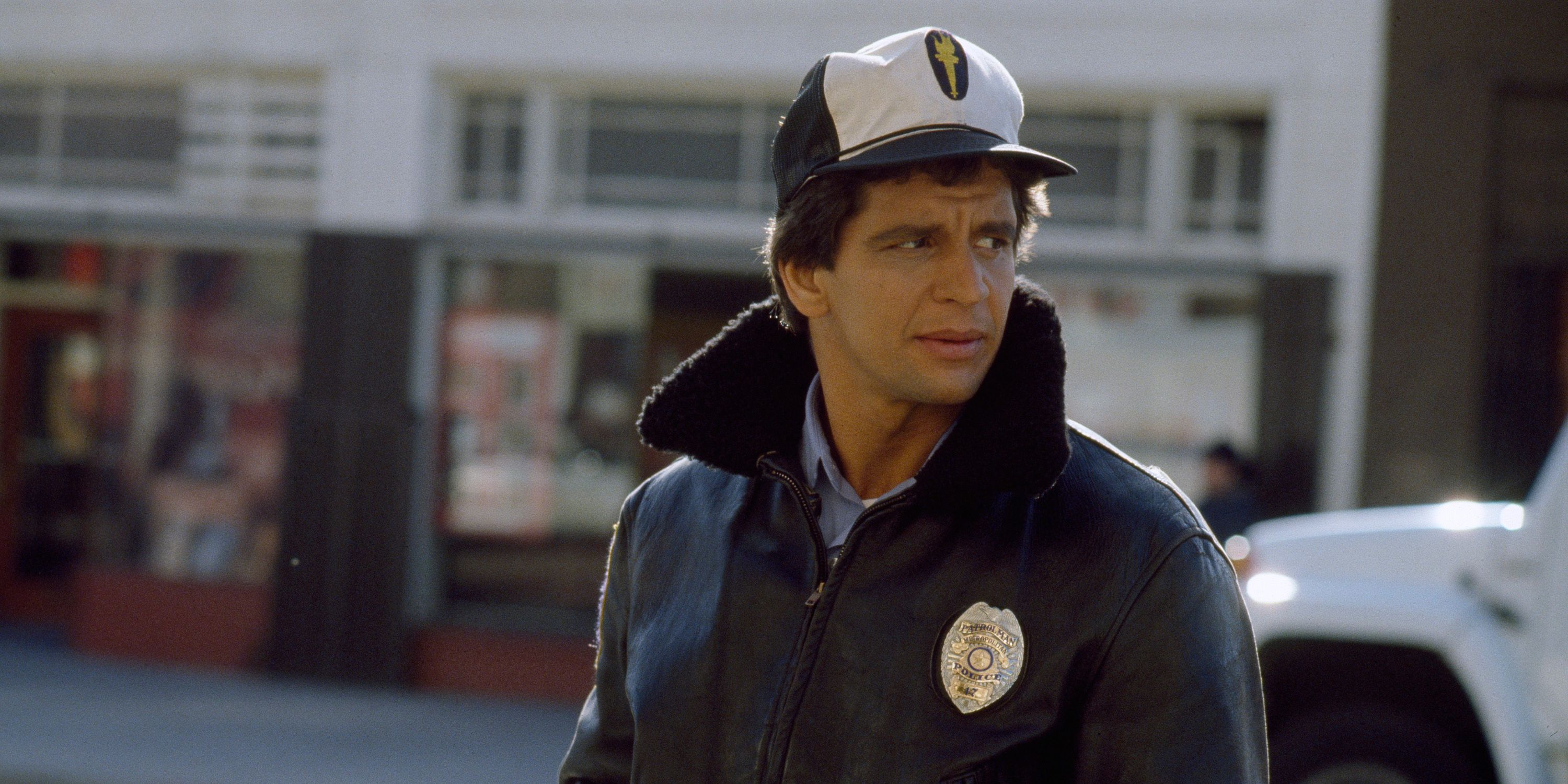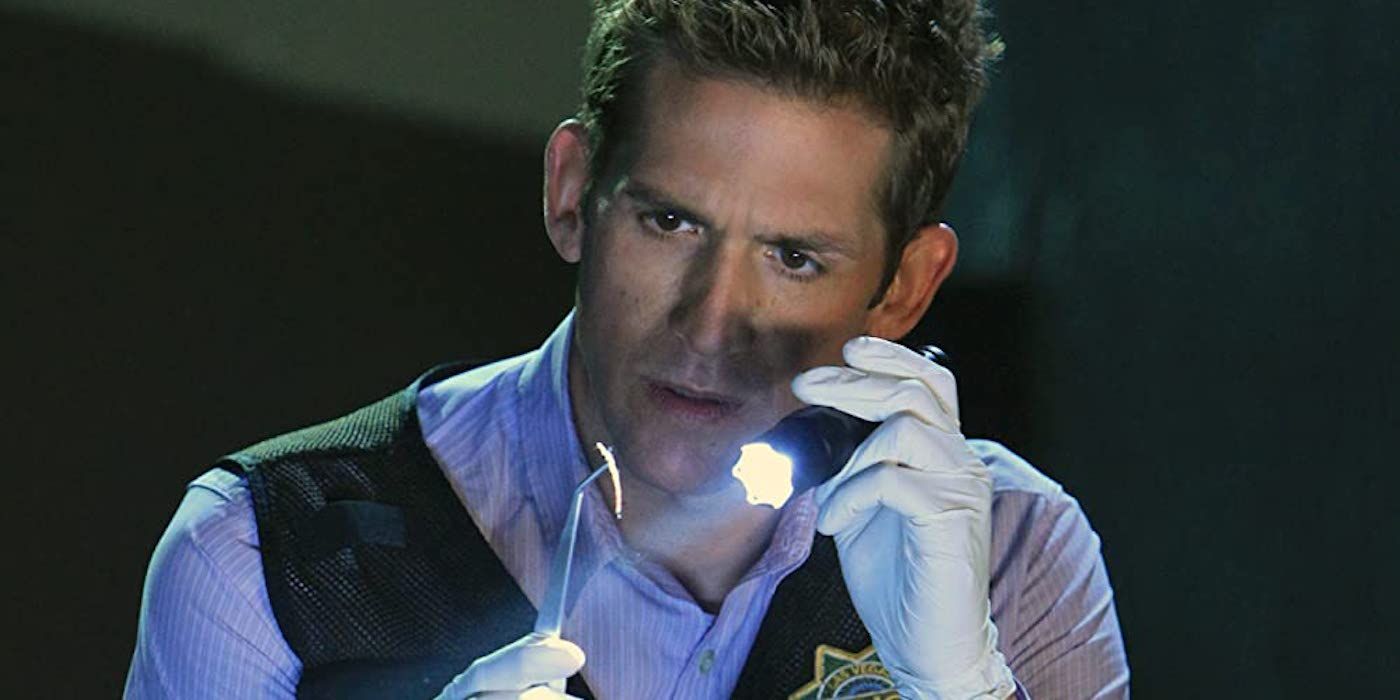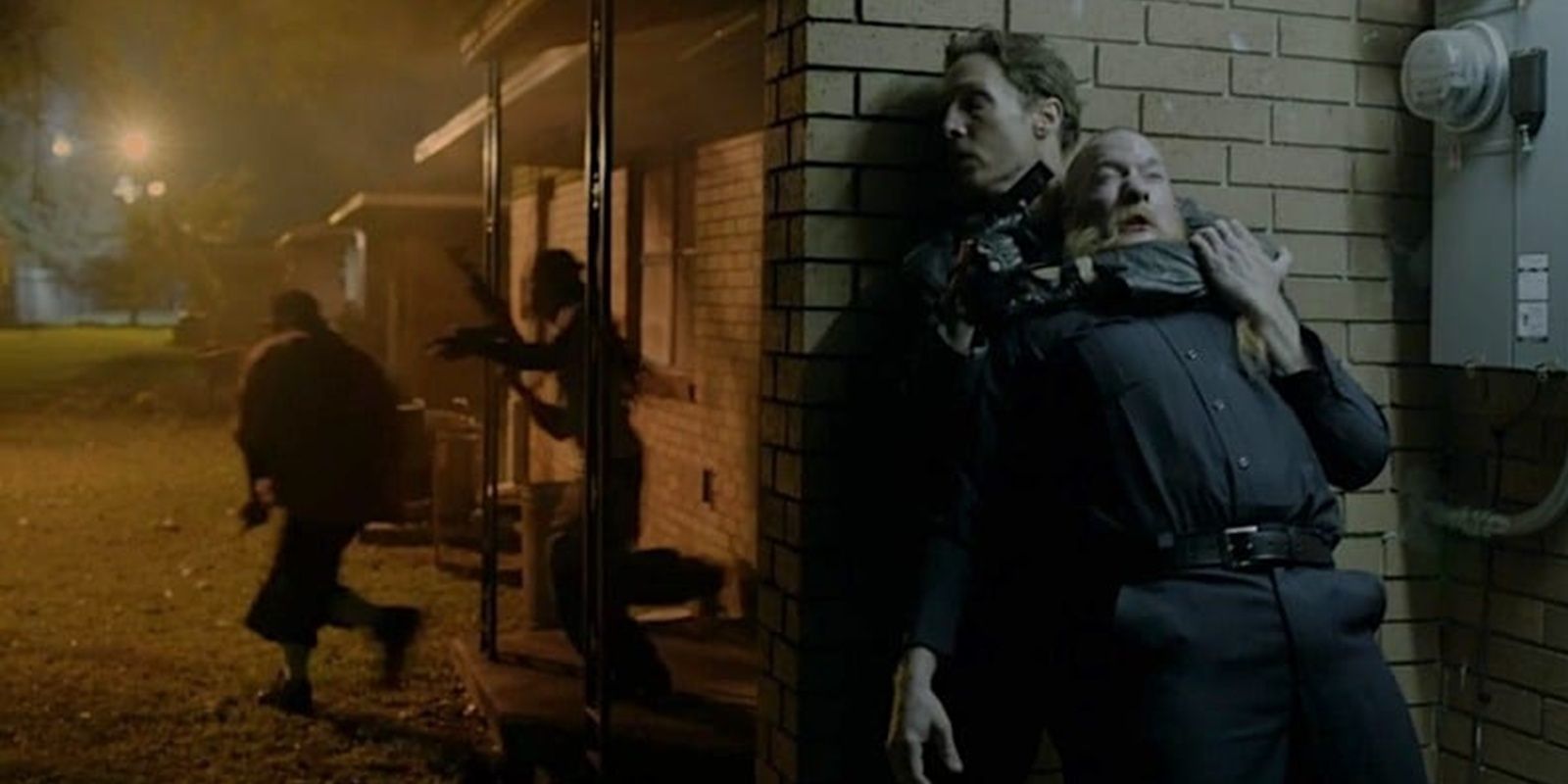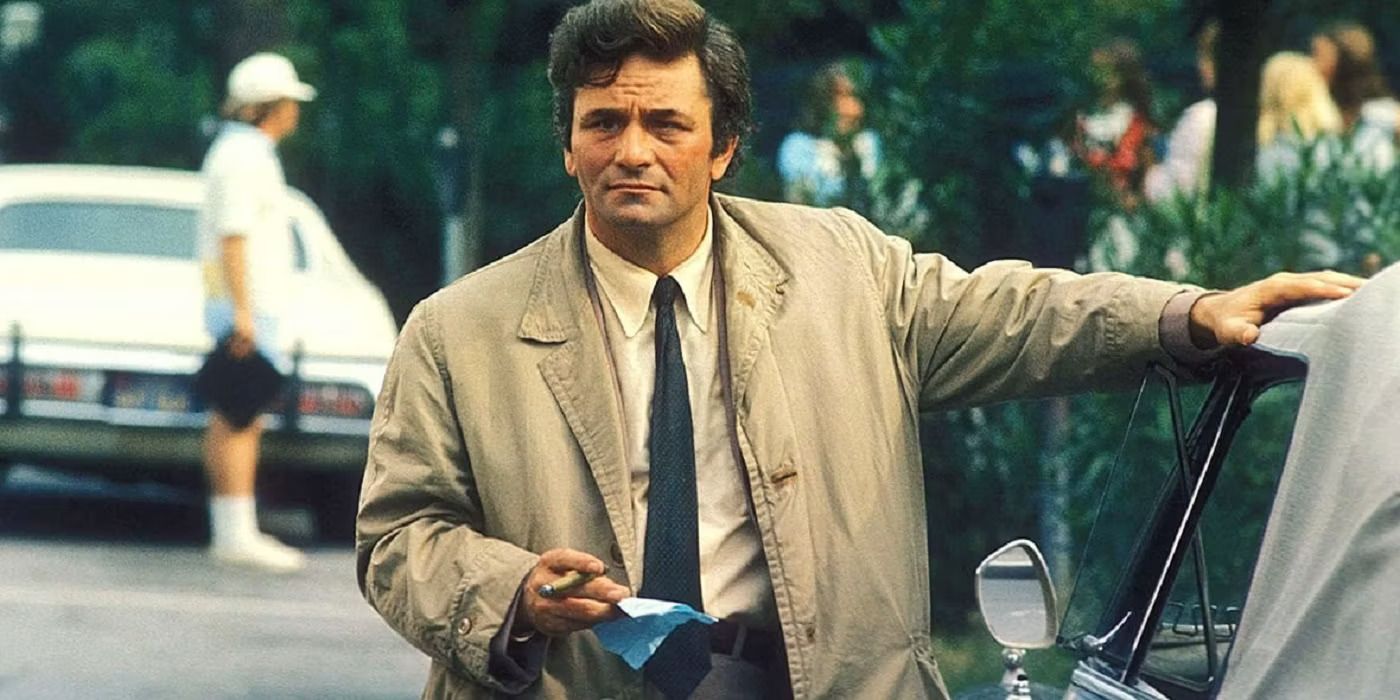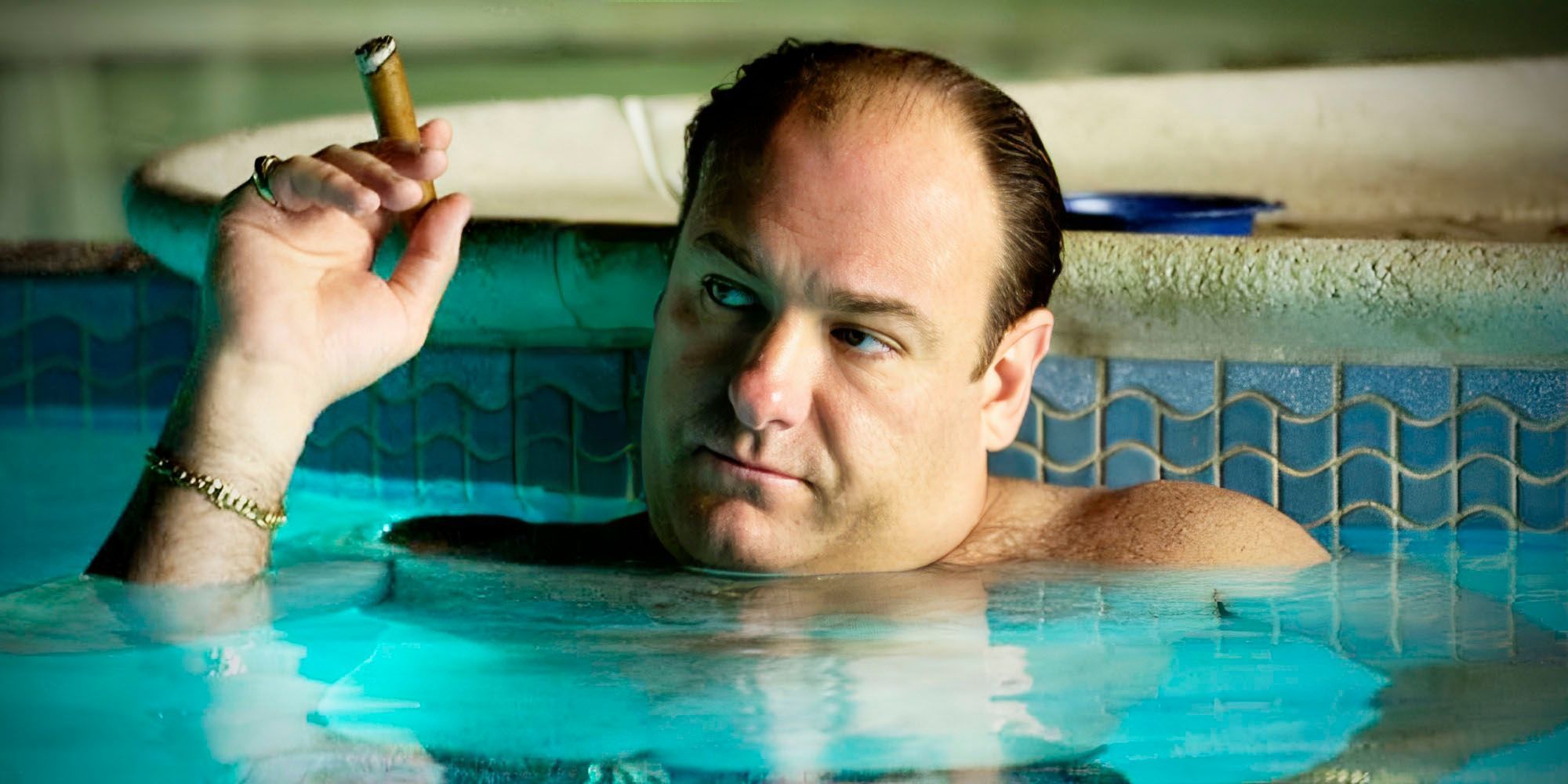From The Sopranos to Breaking Bad to the very first police procedural, Dragnet, some crime TV shows are so great that they ended up revolutionizing the genre. Crime shows have always been a staple of the television landscape. For as long as dramas have been produced for the small screen, audiences have been watching detectives solve mysteries. Whether those detectives are solving murders we already saw in the opening scene or cracking down on the drug trade in Baltimore with a wiretap operation, audiences have always loved experiencing the high-stakes criminal underworld from the safety of their living rooms.
The 1930s BBC series Telecrime was the first multi-episode TV drama to adopt the whodunit format. The 1950s NBC series Dragnet popularized the police procedural as we know it today. The Wire subverted every trope of the police procedural and presented a much more realistic, less formulaic depiction of law enforcement. The Shield brought corrupt cops and police brutality to a standard procedural, and The Sopranos ditched law enforcement altogether and told its story from the perspective of the mafia. Breaking Bad introduced the concept of change to a genre that had famously followed a recyclable formula for decades.
10
Telecrime
Telecrime was one of the first multi-episode TV dramas ever made, and one of the first TV dramas written specifically for television instead of being adapted from a stage play or a radio production. As such, it was also one of the earliest crime shows, and showed how the genre could work in this exciting new medium. It initially aired five episodes under its original title between 1938 and 1939, and after World War II, in 1946, it returned to the airwaves with a new name, Telecrimes.
Each episode of Telecrime would depict a crime and, through the ensuing whodunit plot, give audiences all the clues they needed to solve it. Unfortunately, all 17 episodes of Telecrime have been lost. Since they were aired live and relied on audience participation, it would’ve been difficult for the BBC to preserve the series with the technology available at the time.
9
Dragnet
Adapted from the radio series of the same name, Dragnet brought the police procedural to television. Every hard-edged detective to hit the small screen has been following in the footsteps of Jack Webb’s Sergeant Joe Friday. Dragnet established all the tropes of a classic procedural: the case-of-the-week storytelling, the noir-ish style (complete with snappy voiceover narration), and the straight-arrow detective diligently tackling each investigation. Subsequent procedurals would deviate from this established formula, but they’re all standing on the shoulders of Dragnet.
8
The Shield
Decades after Dragnet had laid out the formula for a police procedural, Shawn Ryan put a radical new twist on it in The Shield. Until The Shield came along, procedurals presented the cops as the good guys and the crooks as the bad guys. But in The Shield, Vic Mackey and his fellow L.A.P.D. detectives are the bad guys. They’re all corrupt and don’t think twice about brutalizing suspects. Those older procedurals presented a romantic, black-and-white view of law enforcement, but The Shield deromanticized that depiction of the police, drawing on the real-life Rampart scandal for inspiration.
7
Hill Street Blues
After Dragnet pioneered the police procedural, it caught on pretty quickly. Shows like Kojak and Cagney & Lacey brought more personality to the detectives that gave audiences another reason to tune in. They weren’t just intrigued by the fun of solving a mystery; they were endeared to the characters. Hill Street Blues was another procedural that deftly balanced compelling crime stories with endearing characters, but it put its own twist on the genre. It was the first show that authentically captured the grimness of the job and the psychological toll of police work.
6
CSI: Crime Scene Investigation
When CSI: Crime Scene Investigation premiered, it was a throwback to classic procedurals like Dragnet and Hill Street Blues. But it put a modern spin on that familiar formula by incorporating contemporary technology into its crime-solving. The show’s ensemble of Vegas investigators used the latest cutting-edge forensic tech to crack their cases. CSI was such a huge hit that it launched a blockbuster TV franchise comprised of four spinoffs and a documentary. It even caused a phenomenon dubbed the “CSI effect,” since the series gave real-life jurors unrealistic expectations of overwhelming forensic evidence in criminal cases.
5
True Detective
The masterfully crafted first season of True Detective was one of the earliest TV shows to blur the line between television and cinema. Its subtly powerful performances and gonzo Southern Gothic visuals were broadcast on the small screen, but they would’ve been right at home on the big screen. The season’s dual timelines, chronicling a devilishly complex murder mystery across 17 years, revolutionized TV storytelling with a novelistic approach, and with Matthew McConaughey and Woody Harrelson in the lead roles, it was one of the first shows to bring movie stars to the small screen.
4
Columbo
Columbo was one of the cop shows like Kojak and Cagney & Lacey that injected an eccentric personality into their detectives. But it also flipped the whole genre on its head. Columbo’s mysteries-of-the-week aren’t whodunits; they’re howcatchems. Every episode shows the crime in its opening scene, so the audience already knows who the culprit is. What keeps them hooked is figuring out how Peter Falk’s titular gumshoe will figure it out. Columbo popularized the howcatchem subgenre, and it continues to influence crime shows to this day — most notably with Natasha Lyonne’s series Poker Face.
3
The Wire
David Simon translated everything he’d learned while working as a crime reporter in Baltimore into the most authentic cop show on television. The Wire upends all the familiar trappings of a formulaic police procedural to present flawed cops, sympathetic criminals, and cases that take years to build. The Wire has an almost documentary-like sense of realism that had never been seen in TV crime dramas before. It’s a journalistic study of the American city, exposing every institutional problem that keeps the system mired in chaos and corruption. It doesn’t sensationalize violence; The Wire depicts violence in a hauntingly realistic way.
2
The Sopranos
David Chase kicked off the so-called Golden Age of Television with his creation of The Sopranos. Where previous crime shows had made cops the protagonists and criminals the antagonists, The Sopranos flipped the script, made a mob boss its protagonist, and showed the government’s endless war on organized crime from his point-of-view. The Sopranos humanized the mafia by showing mobsters in their mundane day-to-day lives. Tony Soprano spends a lot of time killing and extorting people, but he also spends just as much time going to therapy, hanging out with his kids, and dipping cold cuts into jars of mayonnaise.
1
Breaking Bad
Traditionally, TV shows avoided change. The premises were designed to reset each week, so they could keep the same characters in the same setting for hundreds of episodes. But Vince Gilligan realized that long-form storytelling would be a great vehicle to show a character gradually changing over time. So, he created Breaking Bad, a show about a mild-mannered high school chemistry teacher who’s diagnosed with lung cancer and becomes a notorious meth kingpin to pay his medical bills. Gilligan famously set out to turn Mr. Chips into Scarface, and pioneered a whole new way of telling a story on television.


